The Essential Phone was designed to flop
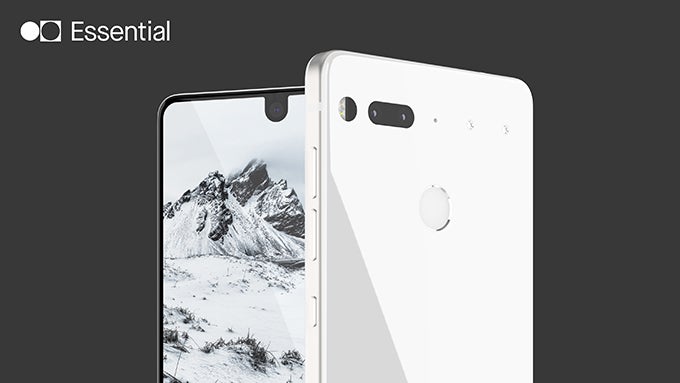
But here's the thing: while it's hard to argue the Phone has its merits, almost everyone can agree on one thing: with a $700 price tag and several glaring feature omissions, a phone from a startup that is completely unknown to the general consumer simply won't sell that well. But rather than start writing our eulogies just a day after the phone was announced, let's instead examine the situation from a different standpoint: that the Essential Phone wasn't actually made to sell units.
Follow the money
In almost every industry, when a company does something curious and seemingly illogical (such as releasing a quirky-looking, expensive flagship in an oversaturated market), a good way to find out what exactly its intentions are is to simply follow the money: how and why could such a move benefit said company? So here we need to take a look at Essential – not the products, but the company itself.

In an hour-long interview today (embedded above), Andy Rubin shared how Essential, as well as the titular Phone, came to existence. In short, there exists a company called Playground (also founded and led by Rubin himself), which acts as an 'incubator' for tech startups – this is where Essential got its start, as well as part of its initial funding. But here's where things get a little tricky: that startup cash may have been enough to design and launch a duo of new products (trio, if count the 360° camera as well), but it most probably isn't enough to sustain it for much longer after that.
Hardware startups need capital more than they need customers
And with the general problem of hardware startups not having a user base at all, the prospect of relying on sales profits is a pretty far-fetched one – most consumers only trust a couple of brands, and competition in the smartphone market is also especially fierce. So since sales won't make enough of a profit, more capital needs to be raised from investors to ensure the company's continued existence.But while Rubin's reputation may have been enough to raise the initial necessary cash, things should start getting a bit more complicated once an actual product gets launched: this is the stage where all the behind-the-curtain promises can be broken, and so the end product needs to be impressive. That is, few people would happily jump on board to fund yet another company that has only proved itself capable of making boring, cookie cutter devices – there's simply too much competition in this space already.
The Apple factor
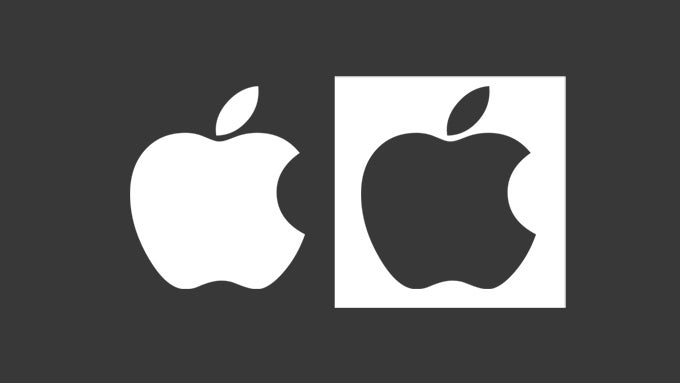
But you know where there isn't competition? Well, you probably do, given that it's written right there in the subtitle. When it comes to smartphones, pretty much every player out there wants to become the next Apple – that's what making the best-selling product of its kind gives you.
So it's only natural that Andy Rubin, the man who created Apple's biggest potential threat in the mobile space, would want to take the crown for himself. Or at least, that's what it's supposed to look like on the surface: while most people would tell you that toppling Apple over is entirely unrealistic, their opinion isn't what matters – what matters is the investors' opinion, and they're all desperately looking for the next Apple.
So when you really need money, as is Essential's case, but you can't get it without convincing a bunch of very rich people they'll get a good return on their investment – why not focus your product development on proving to them you're the Next Big Thing, rather than hoping to catch the everyday consumer's eye in an already overcrowded market? So when you're looking at the Essential Phone through that lens, the similarities between it and an iPhone become not a coincidence, but rather a deliberate design choice made to appeal to a very specific circle of people.
Ten years later, investors are still looking for an iPhone-like success story
The unique visual design? One of the iPhone's biggest selling points is the fact that it's good-looking and immediately recognizable. So proving you can make a device that both stands out from the crowd but still looks good is, well, essential. The accessory connector on the back? iPhones have this thing called the Lightning port on the bottom, the ecosystem for which is entirely controlled by Apple, who also conveniently collects a ton of licensing fees from third-party manufacturers. And while Rubin claims the wireless connection is based on the USB standard, he certainly hasn't claimed the specs will be freely available for everyone to use. Or in other words, this is a huge potential cash cow, a thing investors love.
Even the omission of a 3.5 mm headphone jack could be viewed as a cheap way to draw subliminal parallels to the iPhone 7, which sold a record number of devices without including one, either. Then there's also the top-of-the-line specs, which prove Essential will be targeting the premium market as well. So combine all these factors and you might just get a recipe for a second round of funding from investors who want a slice of that Apple pie.
Sustainability
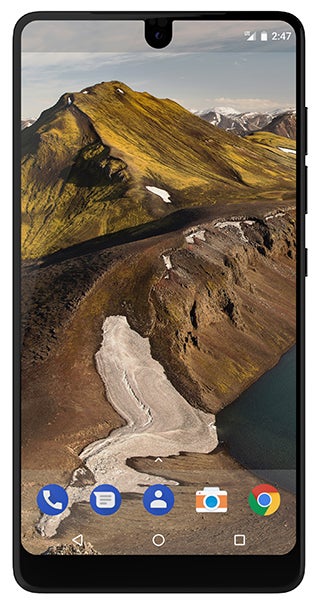
To do so, however, Essential needs to also build a better next phone, one that plugs the holes present in the current model. This presents a bit of a problem for today's potential buyers, though: when the better, flashier Phone v2 launches, will they be left behind? Essential has so far not taken any stance on software, besides saying that the Phone will run Android, so such a risk is certainly present (though the magnetic accessory connector is said to remain the same in the future).
So if one accepts the theory that the Essential Phone isn't initially primed for a straight-out consumer success, buying it becomes a somewhat less enticing proposition – sure, it's an okay device, but it has a couple of big feature omissions and virtually no guarantees of support, both problems that don't exactly fit its $700 price tag. But even if its first phone doesn't turn into a smash hit, as we expect it won't, it'll still be interesting to see what's next in line for the company
Follow us on Google News
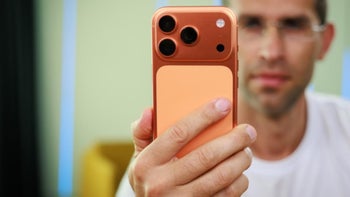
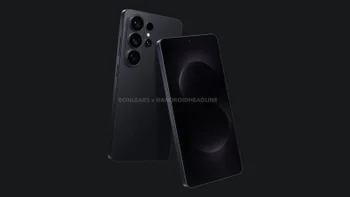
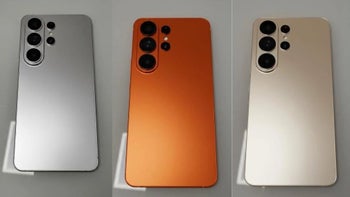
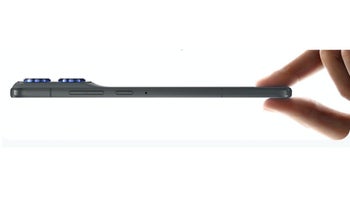
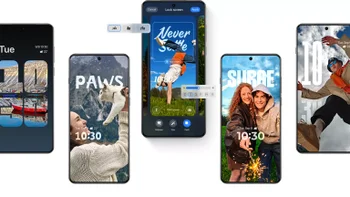
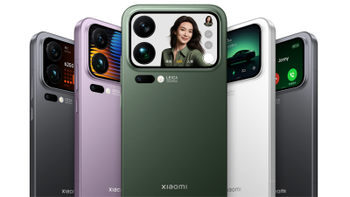
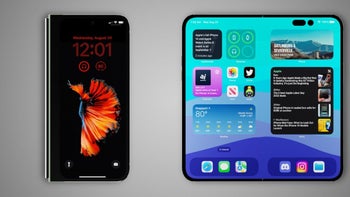
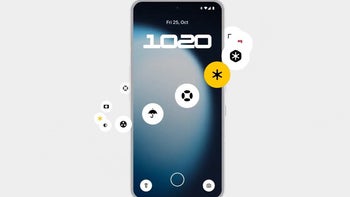
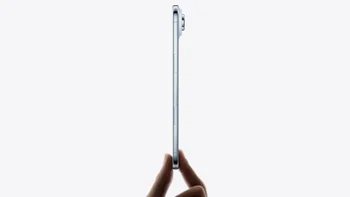
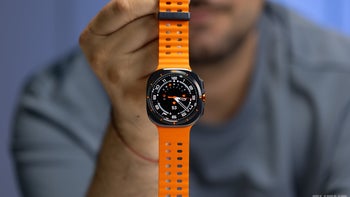
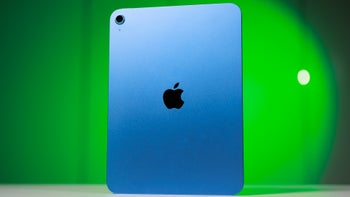
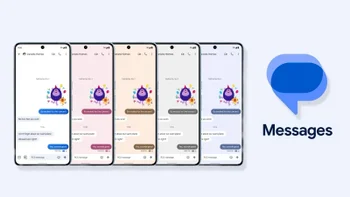
Things that are NOT allowed:
To help keep our community safe and free from spam, we apply temporary limits to newly created accounts: